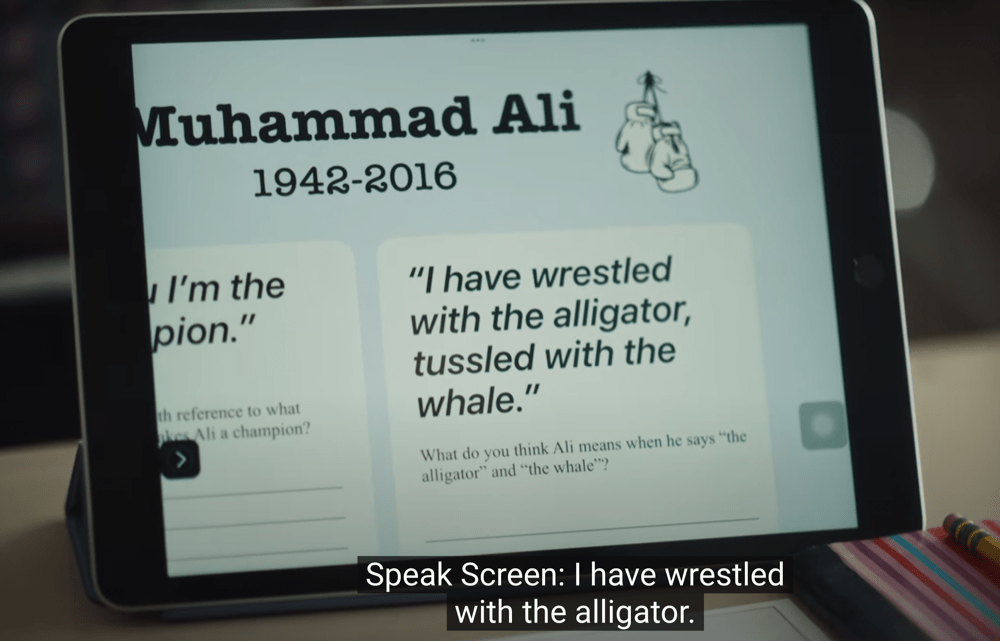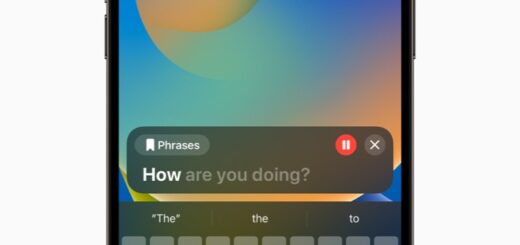Learn how to use iPhone accessibility tools with Apple

A still from Apple’s video
Apple has published an accessibility-focused video to mark the United Nations’ International Day of Persons with Disabilities on December 3. The company has also published a playlist of videos explaining how to use all these features, which is available here.
Accessibility is a human right
Every seventh person alive today – more than 1 billion people in total – lives with some form of disability. The movie shows how Apple’s solutions, such as Door Detection on iPhone, can help open up inaccessible spaces to people with disabilities.
Apple has a good track record on accessibility. While other vendors offered solutions to boost accessibility for a fee, Apple built these into its standard operating systems and has won and continues to win recognition for this.
This is because the company believes that, “Accessibility is a human right.”
Which is why it has tried to focus the movie on the creativity and leadership of people with disabilities and amplifying their stories. The video aims to raise awareness of new innovations in accessibility while sharing the authentic experiences of people with vision, hearing, mobility, or cognitive disabilities.
Apple has focused on some of the accessibility tools it bakes inside its operating systems.
Things like Detection Mode, which allows blind or low vision users to navigate doors, objects and people in their environment; Sound Recognition, which notifies those who may be Deaf or hard of hearing to a range of sounds including a baby’s cry or a doorbell; and, of course, Voice Control, which enables users to operate an Apple device through voice alone.
It’s all about people
The new video follows seven people as they go about their days, creating art, spending time with family and going to work or school. There are some magical moments in the movie, such as the woman without arms using an iPhone with her feet, or the deaf mother caring for her child. Here is that video:
https://www.youtube.com/watch?v=c2UF26YpPFg
The track “I am the Greatest” uses lyrics derived from the speeches of Muhammad Ali, an icon for empowerment and self-determination.
His words are recited by all-female, all-Indigenous Australian musical collective Marliya Choir, and produced by Spinifex Gum.
The film also features musical contributions from cast members, including improvisations from Julliard-trained jazz pianist Matthew Whitaker and production from self-described “disabled disco innovator” Cola Boyy. It’s great.
Now learn more about the UN’s Disability Inclusion Strategy.
Please follow me on Twitter or Mastodon, or join me in the AppleHolic’s bar & grill and Apple Discussions groups on MeWe.




